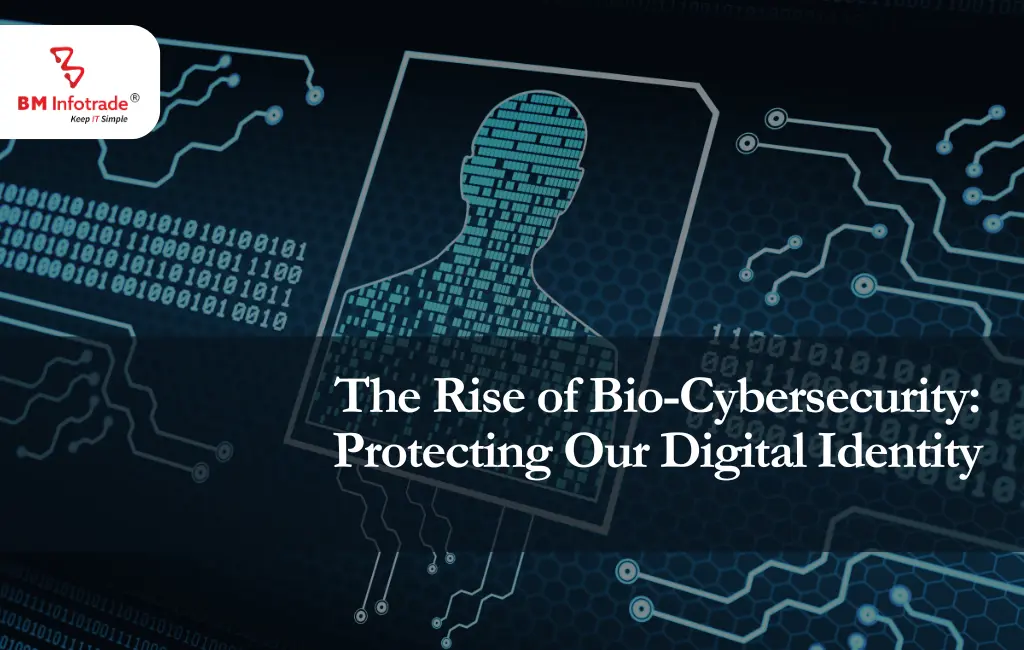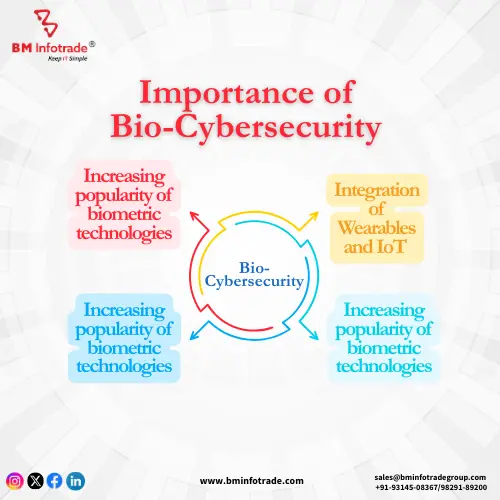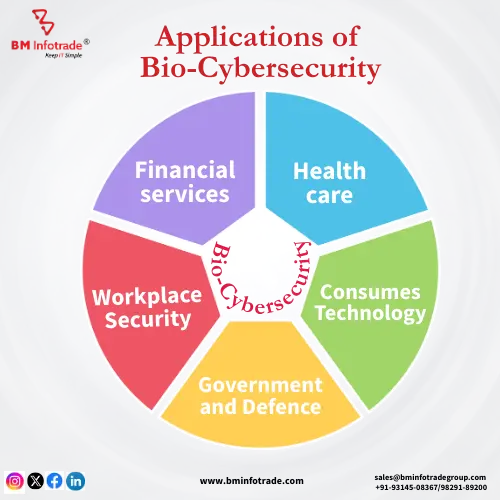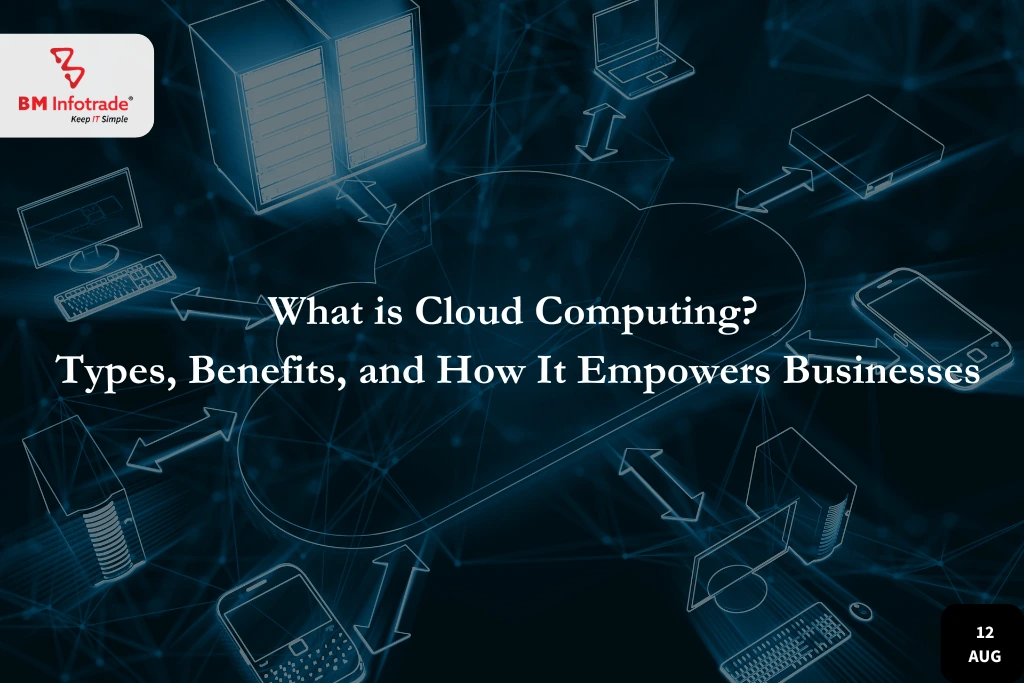The Rise of Bio-Cybersecurity: Protecting Our Digital Identity
Bio-cybersecurity protects biometric and biological data in a world where digital and biological identities are merging. It’s vital for securing healthcare, finance, and personal data against rising cyber threats.

The Rise of Bio-Cybersecurity: Protecting Our Digital Identity
Table of Contents
The world is becoming more connected than ever, resulting in a loss of distinction between biological identity and digital systems. With advancing technology in biometrics and wearable devices, as well as IoT, securing one’s identity digitally has become harder than before. Here comes bio-cybersecurity, a newly developing field situated at the intersection of cyberspace and biosecurity. This article traces the evolution of bio-cybersecurity and analyses its importance, challenges and hence the next steps in protecting a digital screen against one’s online identity.
Understanding Bio-Cybersecurity
Biocybersecurity is quite different from biological culture. Biocybersecurity has to do with cyber threats targeting biological data and systems. Bio-cybersecurity is different from cybersecurity that protects digital data, for its area of concern is the potential exposures created as a result of the fusion of biological data like fingerprints, DNA, facial recognition and cyber technologies.
Bio-cybersecurity breaches in this context can result in huge consequences, perhaps losing not just the bio-data but also the medical safety of an individual. Breaching bio-cybersecurity can lead to losing personal details alongside people's body data, which includes medical data.
The Growing Importance of Bio-Cybersecurity

1. Increasing popularity of biometric technologies
Various securing techniques include AI-based biometric systems such as voice identification, facial recognition, and fingerprint scanners; however, as these technologies are on the rise, new vulnerabilities are arising as well.
2. Integration of Wearables and IoT
Internet-connected smart health devices and smartphones gather quantifiable metrics, including behavioural and health patterns, every day; although this information is beneficial for personalisation and health care, it is an absolute goldmine for hackers.
3. Threats to the wider health sector
Modern healthcare systems heavily depend on connectivity to monitor patients, perform diagnosis, and offer treatment. If there is a cyberattack on such systems, critical health data is compromised and services are disrupted.
4. Increased use of biometric data for fraud
As our lives increasingly revolve around online identities due to travel bans and restrictions, attackers are turning towards biometric targeting as their preference. Bio-cybersecurity is crucial to deal with these challenges.
Key Challenges in Bio-Cybersecurity
Bio-cybersecurity is maligned in modern society; however, it is still important in today’s cyber world. It deals with the protection of 4 main areas:
1. Data Breaches
One of the most challenging aspects of safeguarding such data is that it’s a one-way road which is hard to circuit; the inability to change a password does act as muscle memory.
2. Ethical and Privacy Concerns
Such data, which is aimed at facilitating interface interactions through tech devices, does pose a threat towards integrity and data protection because any leakage (sharing) of such data with third parties could easily lead to catastrophic results.
3. Sophisticated Cyber Threats
If you think that hacking a bank through the help of just a keyboard is hard, then absence in today’s world would strengthen and push the upcoming college freshman pirates to increase their scope, means and tools; bi-polar pirates are the hardest to catch, so hackers began upgrading.
4. Lack of Standardisation
The bio-cybersecurity guidelines differ from place to place; there is no consensus at an international level on how and where biometric data is stored and how it should be protected.
Read More: Understanding Blockchain: A Revolution in Digital Transactions
Emerging Trends in Bio-Cybersecurity
Bio-cyber security is a fast-growing field in that several innovators seek to solve existing and future problems. The following are the issues that innovators essentially need to target.
1. AI-Based Security Systems
Machine learning is quite important in bio-cyber security. There’s an increased chance of thwarting a cyber-attack because AI systems can analyse data, recognise abnormal trends, and adjust to the systems in real time.
2. Data Storage Using Biometrics On The Blockchain
Biometric information can now be collected using blockchain technologies which are incorruptible and devoid of direct supervision. Doing so will enhance the integrity of the data and make a breach less likely.
3. Models That Use Zero-Trust Security Frameworks
With the zero-trust security model in place, all accesses will be validated no matter where they come from. This model is generally a good way to protect sensitive physical data such as biometrics.
4. Biometrics and Secure Cryptographic Encryption
Biometric encryption entails taking a biometric feature and creating a secure shell out of it through encryption. The requirement here is that the data must be encrypted so that even if the data is captured, its meaning is unknown.
5. Biometrics Based On Behavior Rather Than Patterns
Behavioural biometric recognisers examine users based on actions done, such as gait patterns and even typing speed average. Such dynamic measures are much harder to copy, making the system more secure.
Applications of Bio-Cybersecurity
All industries will be affected by cybersecurity measures based on biometric authentication, including:

1. Financial services
Mobile banking apps and even digital wallets have integrated fingerprint and face ID features to enhance security and reduce the chances of fraud. However, cybersecurity ensures that such systems are safe from malicious actors.
2. Health care
Due to the expansion of insomnia and wearable medical devices, bio-cybersecurity plays the role of a shield when it comes to securing patients' information while ensuring that most vital information systems within the biometric networks, such as in hospitals, are still operational.
3. Government and Defence
Government authorities implement biometric identification using forensic identification to control access to borders, ensure national security, and conduct crime. However, allowing easy access to the border has huge implications for biosecurity.
4. Consumes Technology
Numerous devices such as tablets, iPhones and laptops utilise biometric facial recognition and fingerprints to gain access to devices. Cyber biosecurity has big effects since it ensures non-existing data leakage.
5. Workplace Security
With the revolution of biometric norms that help with access control as well as employee verification, threats such as internal unauthorised access are eliminated thanks to bio-cybersecurity aid.
Read More: Next-Generation Cybersecurity Trends
Conclusion
We live in a time where the bio and digital worlds are going to be one through the help of bio-cybersecurity. Safeguarding our identity has taken a new turn, and instead of just reaffirming the need to remember passwords, bio-cybersecurity helps safeguard identity more fundamentally and crucially. That is not just having smart devices.
Biological identities have great potential in AI, blockchain, and encryption, and with time bio-cybersecurity will grow. Government departments, companies, and other individuals must try and work together to deal with challenges and foster best practices. Thus, the situation seems more optimistic.







Anshul Goyal
Group BDM at B M Infotrade | 11+ years Experience | Business Consultancy | Providing solutions in Cyber Security, Data Analytics, Cloud Computing, Digitization, Data and AI | IT Sales Leader